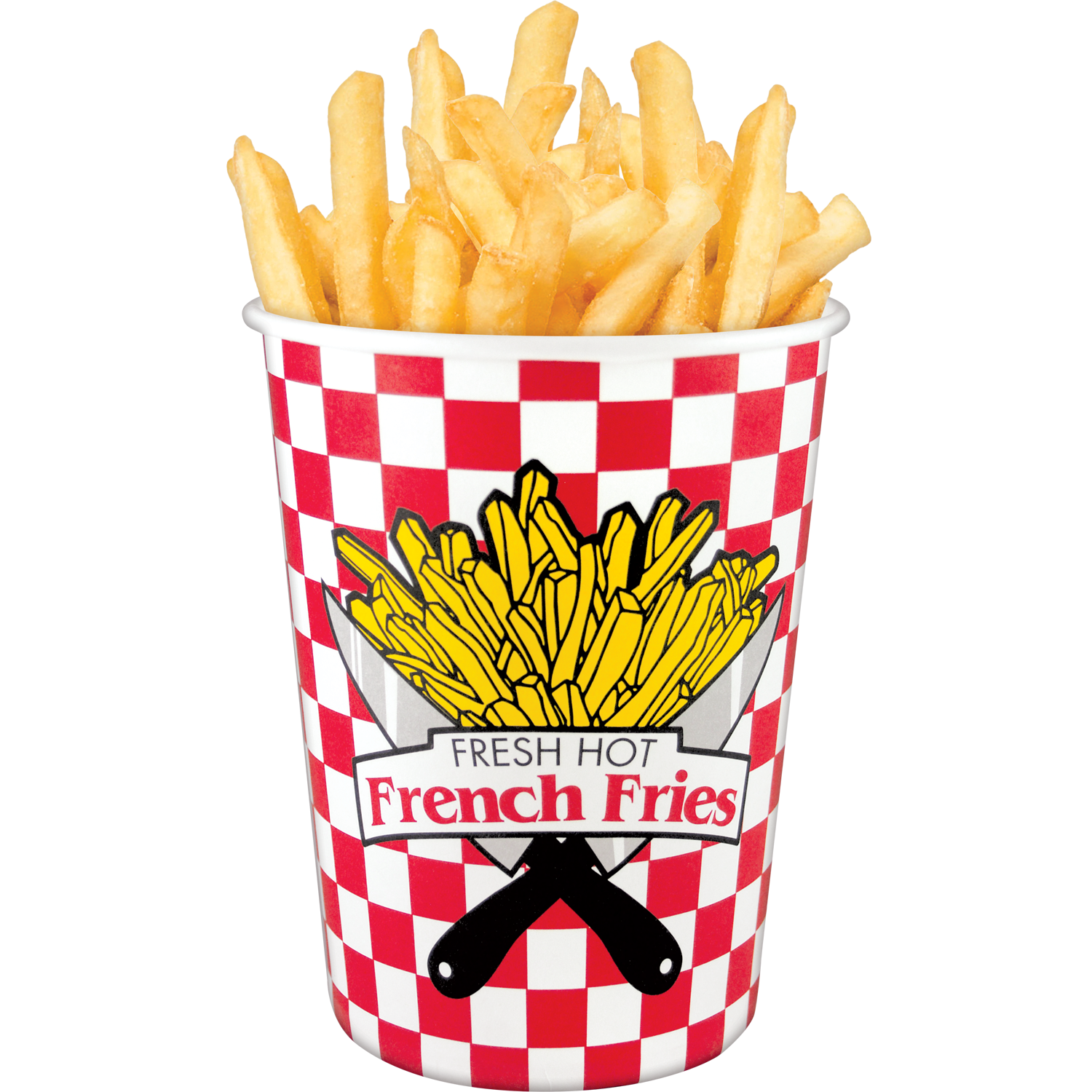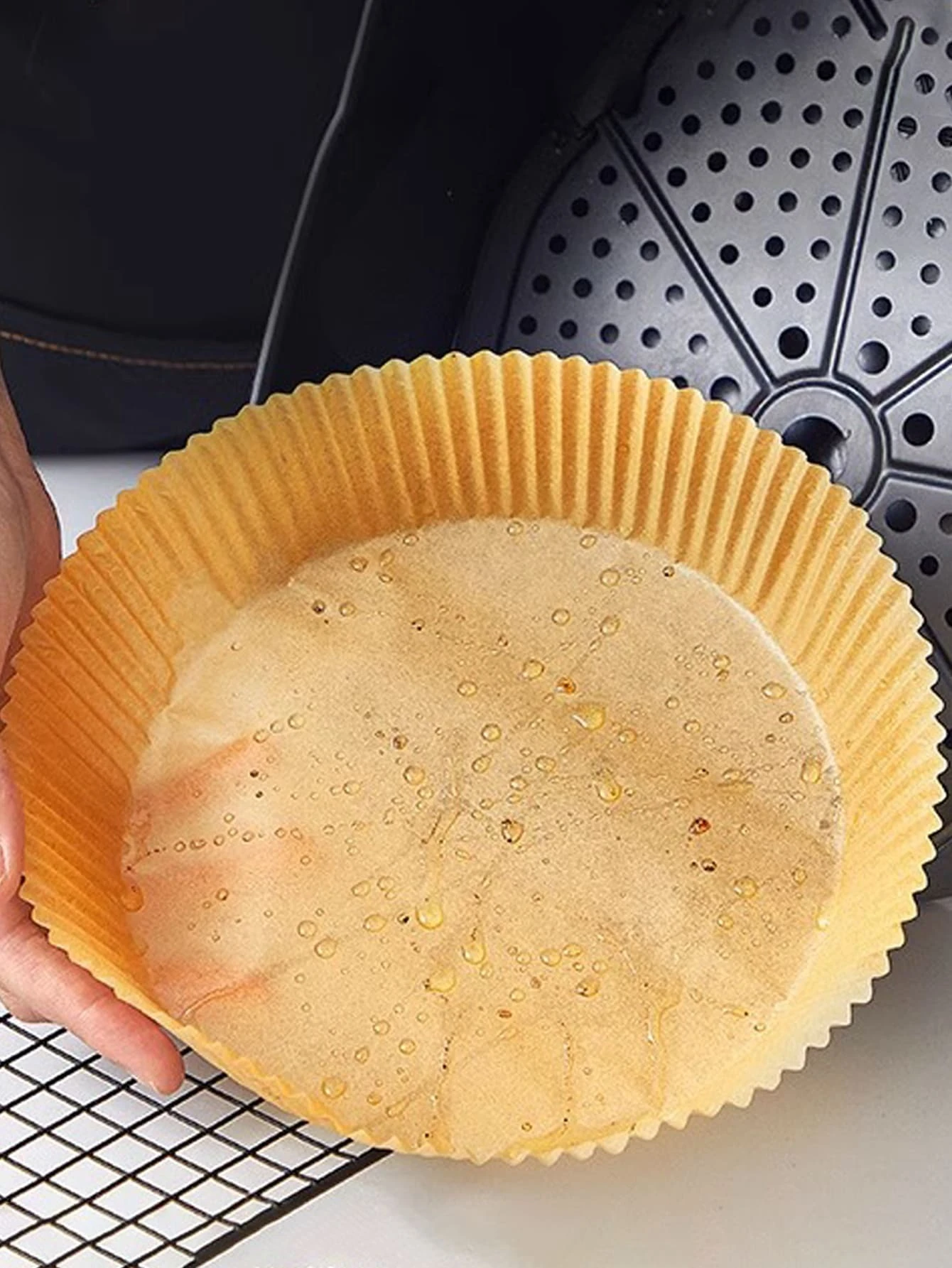Paper Fry: A Complete Guide To This Innovative Trend
Paper fry is steadily gaining attention as a novel concept with a wide range of applications, from eco-friendly packaging to sustainable cooking innovations. With its unique blend of practicality and environmental consciousness, this trend has sparked curiosity across industries. But what exactly is paper fry, and why is it becoming so popular? Let's dive deep into the world of paper fry to understand its significance, uses, and future potential.
In recent years, the demand for sustainable and environmentally friendly solutions has skyrocketed. Paper fry, as a concept, exemplifies this shift toward greener alternatives. It integrates the use of paper materials in creative and functional ways, challenging traditional norms and offering an innovative approach to packaging, food preparation, and even art. This article will break down everything you need to know about paper fry, from its origins to practical applications and beyond.
Whether you're a business owner looking for eco-friendly packaging, a curious consumer interested in sustainable trends, or simply someone intrigued by the idea of "paper fry," this comprehensive guide will provide all the insights you need. By the end of this article, you’ll not only understand what paper fry is but also how it is redefining industries and contributing to a more sustainable future.
- Crossroads Christian Church Cincinnati Oh
- Notingem Forest
- Novo Business Banking
- Baldur Tattoos
- Pictures Of Titanoboa
Table of Contents
- What is Paper Fry?
- History and Evolution of Paper Fry
- How is Paper Fry Made?
- What Makes Paper Fry Unique?
- Applications of Paper Fry
- Is Paper Fry Environmentally Friendly?
- Advantages of Using Paper Fry
- Limitations and Challenges
- Can Paper Fry Replace Plastic?
- How to Incorporate Paper Fry Into Everyday Life?
- Paper Fry in the Food Industry
- Innovations and Future of Paper Fry
- Frequently Asked Questions (FAQs)
- Conclusion
What is Paper Fry?
Paper fry is a term used to describe the innovative use of paper materials in applications that traditionally rely on other substances like plastic or aluminum. It can refer to lightweight, durable paper products designed for frying, packaging, or even artistic endeavors. This concept aligns with the growing demand for sustainable and eco-friendly alternatives in various industries.
The idea of using paper for frying or packaging is not entirely new but has recently gained momentum due to advancements in material science and sustainability initiatives. Paper fry products are often treated with special coatings to make them heat-resistant, grease-proof, and suitable for high-temperature applications. This makes them an excellent alternative to conventional materials, particularly in the food industry.
History and Evolution of Paper Fry
The concept of paper fry has its roots in the broader movement toward eco-friendly materials. Historically, paper has been used for various purposes, from writing to wrapping food. However, its application in frying and high-heat scenarios marks a significant evolution. This innovation was driven by the need to reduce reliance on non-biodegradable materials like plastic and aluminum foil.
- Pie Gourmet In Vienna Va
- Die Welt
- Old Navy Boise
- Penn State University Physician Assistant
- Brooklyn Park New York
Over the years, advancements in technology have enabled the development of specialized paper products that can withstand high temperatures and resist grease. These innovations have paved the way for the widespread adoption of paper fry in various sectors, including food packaging, cooking, and even art installations.
How is Paper Fry Made?
The manufacturing process of paper fry involves several steps to ensure that the paper is durable, heat-resistant, and grease-proof. Here's a simplified breakdown:
- Material Selection: High-quality, sustainably sourced paper is chosen as the base material.
- Coating: A specialized coating is applied to make the paper resistant to heat and grease. This coating is often biodegradable, ensuring that the final product remains environmentally friendly.
- Shaping: The coated paper is then shaped or cut into the desired forms, such as sheets, trays, or wraps.
- Quality Testing: Rigorous testing is conducted to ensure that the paper fry products meet industry standards for performance and safety.
What Makes Paper Fry Unique?
Paper fry stands out for its combination of functionality and sustainability. Unlike traditional materials, it offers a biodegradable and eco-friendly alternative without compromising on performance. Its unique properties include:
- Heat Resistance: Special coatings allow paper fry to withstand high temperatures, making it suitable for frying and baking.
- Grease-Proofing: The paper is designed to resist grease, ensuring that it remains effective in food applications.
- Biodegradability: Unlike plastic, paper fry products decompose naturally, reducing environmental impact.
- Versatility: It can be used in various applications, from food packaging to artistic creations.
Applications of Paper Fry
Paper fry has a wide range of applications, making it a versatile choice for various industries. Some of the most common uses include:
- Food Packaging: Ideal for wrapping sandwiches, burgers, and other greasy foods.
- Cooking: Used as a liner for baking trays or as a wrap for grilling.
- Art and Craft: Artists use heat-resistant paper for unique installations and projects.
- Industrial Use: In sectors requiring heat-resistant and eco-friendly materials.
Is Paper Fry Environmentally Friendly?
Yes, paper fry is considered environmentally friendly due to its biodegradable nature and the use of sustainable materials in its production. Unlike plastic, which can take centuries to decompose, paper fry products break down naturally within a few weeks or months. Additionally, many manufacturers prioritize using recycled or sustainably sourced materials, further reducing their environmental footprint.
Advantages of Using Paper Fry
Using paper fry offers numerous benefits, including:
- Sustainability: Reduces reliance on non-biodegradable materials.
- Versatility: Suitable for a wide range of applications.
- Cost-Effectiveness: Often more affordable than other eco-friendly alternatives.
- Aesthetic Appeal: Offers a clean, natural look that's appealing to consumers.
Limitations and Challenges
Despite its advantages, paper fry does have some limitations:
- Durability: May not be as strong as plastic or metal in certain applications.
- Cost: Advanced coatings and materials can increase production costs.
- Availability: Not as widely available as traditional materials.
Can Paper Fry Replace Plastic?
The potential for paper fry to replace plastic is significant, especially in food packaging and similar applications. However, its ability to fully replace plastic depends on overcoming challenges related to durability, cost, and production scalability. While it may not entirely replace plastic, it serves as a viable and eco-friendly alternative in many scenarios.
How to Incorporate Paper Fry Into Everyday Life?
Incorporating paper fry into your daily routine is easier than you might think. Here are some practical tips:
- Use paper fry products for food packaging and storage.
- Replace plastic wraps with biodegradable paper fry alternatives.
- Opt for paper fry liners when baking or grilling.
Paper Fry in the Food Industry
The food industry has been one of the biggest adopters of paper fry products. From fast-food chains to gourmet restaurants, many businesses are turning to paper fry for its eco-friendly and practical benefits. It is commonly used for:
- Wrapping burgers, sandwiches, and other fast foods.
- Lining baking trays and grilling surfaces.
- Packaging snacks and ready-to-eat meals.
Innovations and Future of Paper Fry
The future of paper fry looks promising, with ongoing innovations aimed at enhancing its performance and sustainability. Researchers are exploring new coatings and materials to improve heat resistance and durability, while manufacturers are scaling production to meet growing demand. As more industries adopt this technology, paper fry is poised to become a staple in sustainable practices worldwide.
Frequently Asked Questions (FAQs)
- What is paper fry? Paper fry refers to heat-resistant, grease-proof paper products used for cooking, packaging, and other applications.
- Is paper fry biodegradable? Yes, paper fry products are typically biodegradable and environmentally friendly.
- Can paper fry be used for frying? Yes, specially coated paper fry products can withstand high temperatures, making them suitable for frying and baking.
- Where can I buy paper fry products? Paper fry products are available online and in stores specializing in eco-friendly materials.
- How is paper fry made? It involves selecting high-quality paper, applying specialized coatings, and shaping the paper into the desired forms.
- What are the benefits of using paper fry? Benefits include sustainability, versatility, and cost-effectiveness.
Conclusion
Paper fry represents a significant step forward in the quest for sustainable and eco-friendly alternatives. With its unique blend of practicality and environmental consciousness, it has the potential to revolutionize industries ranging from food packaging to art. By adopting paper fry, we can contribute to a greener future while enjoying the benefits of this innovative material. Whether you're a business owner or a consumer, incorporating paper fry into your life is a choice you won't regret.

32oz Fry Cup Paper 600/cs Hometown Concessions

10/50/100pcs, Paper Plate For Air Fryer, Fryer Blotter Paper, NonStick